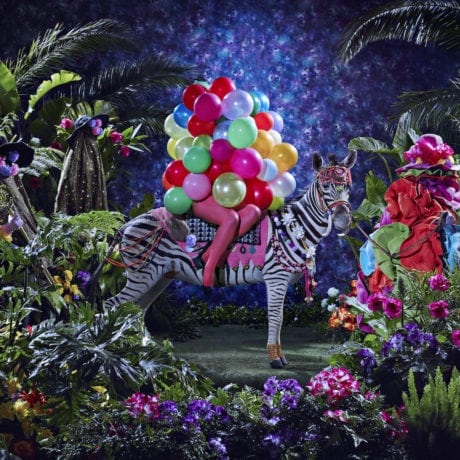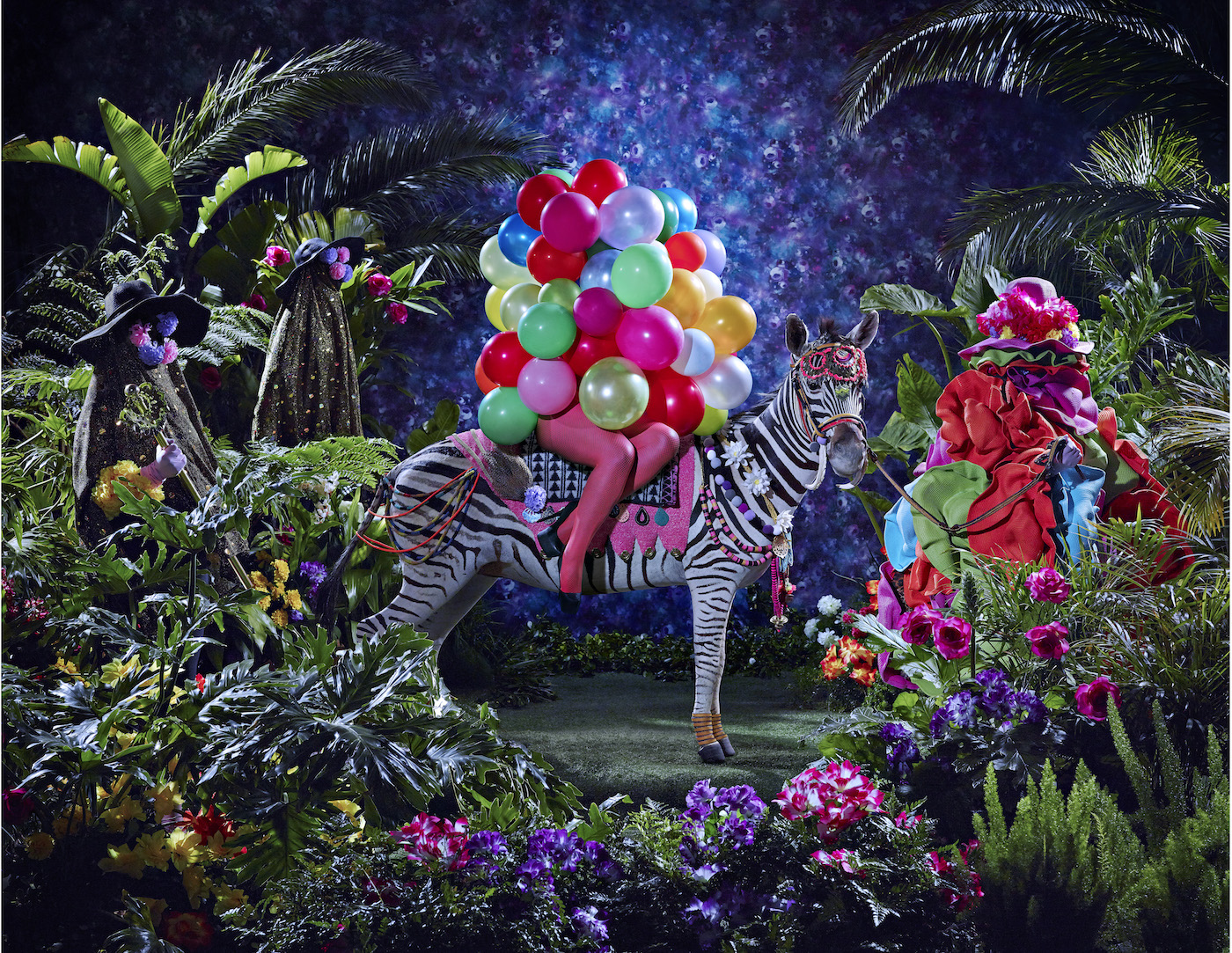
Athi-Patra Ruga uses art to create a world that doesn’t exist, which the artist calls Azania. South African history and politics, African mythology and contemporary queer culture converge in Azania, in utopian scenes drenched in rainbows and inhabited by lavishly dressed people and animals. All of the costumes the figures wear are designed and crafted by Ruga, who is just as comfortable creating ornate textile works as performing live, taking photographs and video. But it’s not all fantasy: Ruga’s work has a distinct audience in mind, the artist explains below, and serves a purpose for the community, who have suffered centuries of persecution in South Africa and around the world.
Can you tell me about the series you’re presenting in Nottingham at Africa State of Mind – Night of the Long Knives? And is that a live zebra?
I shall be presenting the Night of the Long Knives series which forms The Future White Women of Azania (2010-2016). The series depicts a Utopian scene of my mythical Azania. The scene clashes with the title which is inspired by a Third Reich purge of elder leaders. This also became a trope that was adopted by the Afrikaner Right Wing referring to the paranoia they had about “the native rising in revenge” after the death of Nelson Mandela. This is a utopian scene, however the nature of utopia is to reveal the lack in our dreams and wants. The zebra is stuffed.
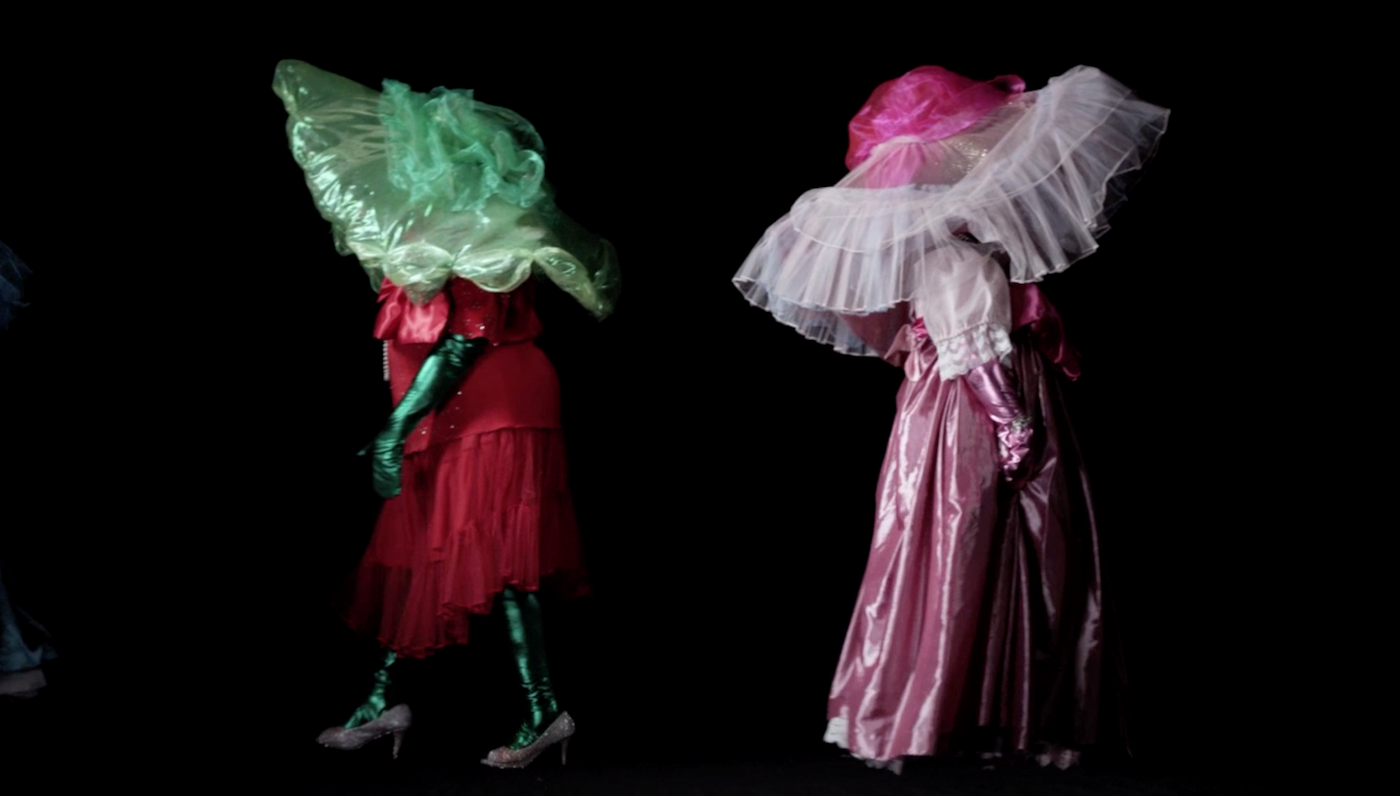
You work in various media: photography, costume design, video and performance. What will you be showing in London at your solo exhibition at Somerset House, and which new aspects of your practice to you hope to reveal there?
I can describe the media that will be shown at Of Gods, Rainbows and Ommissions as my attempt at making my live performance grounding go further; this is inspired by the challenges a black Azanian child has in accessing my work and art education as a whole. Performance translates to video and photographic work as a means of distilling and expanding the narrative agenda. Digital video is a means of that child learning aid, they can use their smartphone in the peri-urbans to supplement the works that are in the South African education curriculum. We will witness how this media talks to each other at Somerset House.
How important is it to you to confront the heteronormative gaze in your works?
It’s really not as important as the fact that my mere existence and its lived experience is an affront to the heteronormative gaze. I am inspired by the need to have my work as a means of giving courage to my community (black queer femme) so they can express themselves free from the academic/esoteric gaze that keeps them from enjoying their place as the makers of this era of the modernist exercise. The heteronormative resistance to our cultural production is the art. Resistance validates my practice politics.
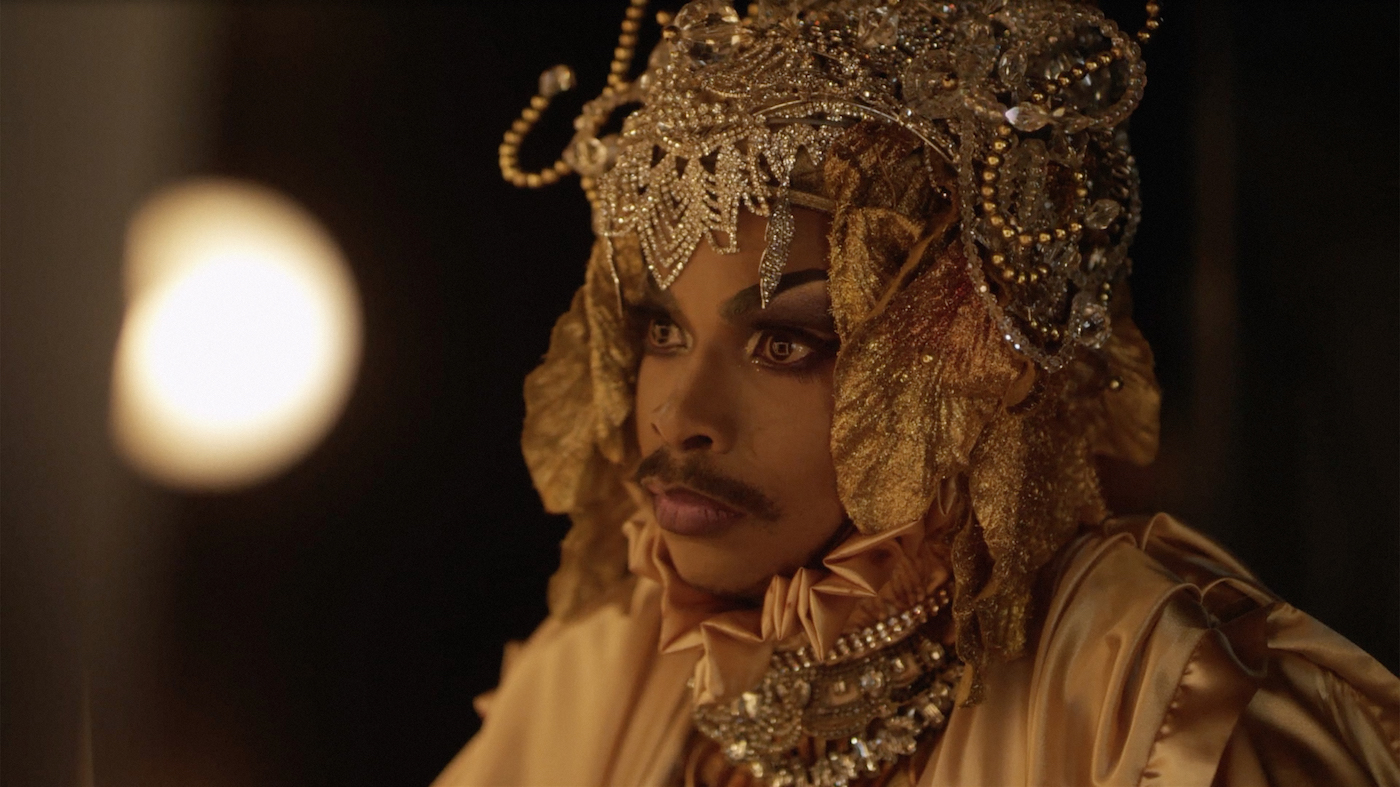
How can art help in this reality you describe?
I make art for brave people who eat homophobes for breakfast. Our concern is to have a safe space for expression which is an indictment on the artistic survey… I do this by reminding my audience at home and on the continent that we have played a very important role in modernism and we are here to take our rightful place.
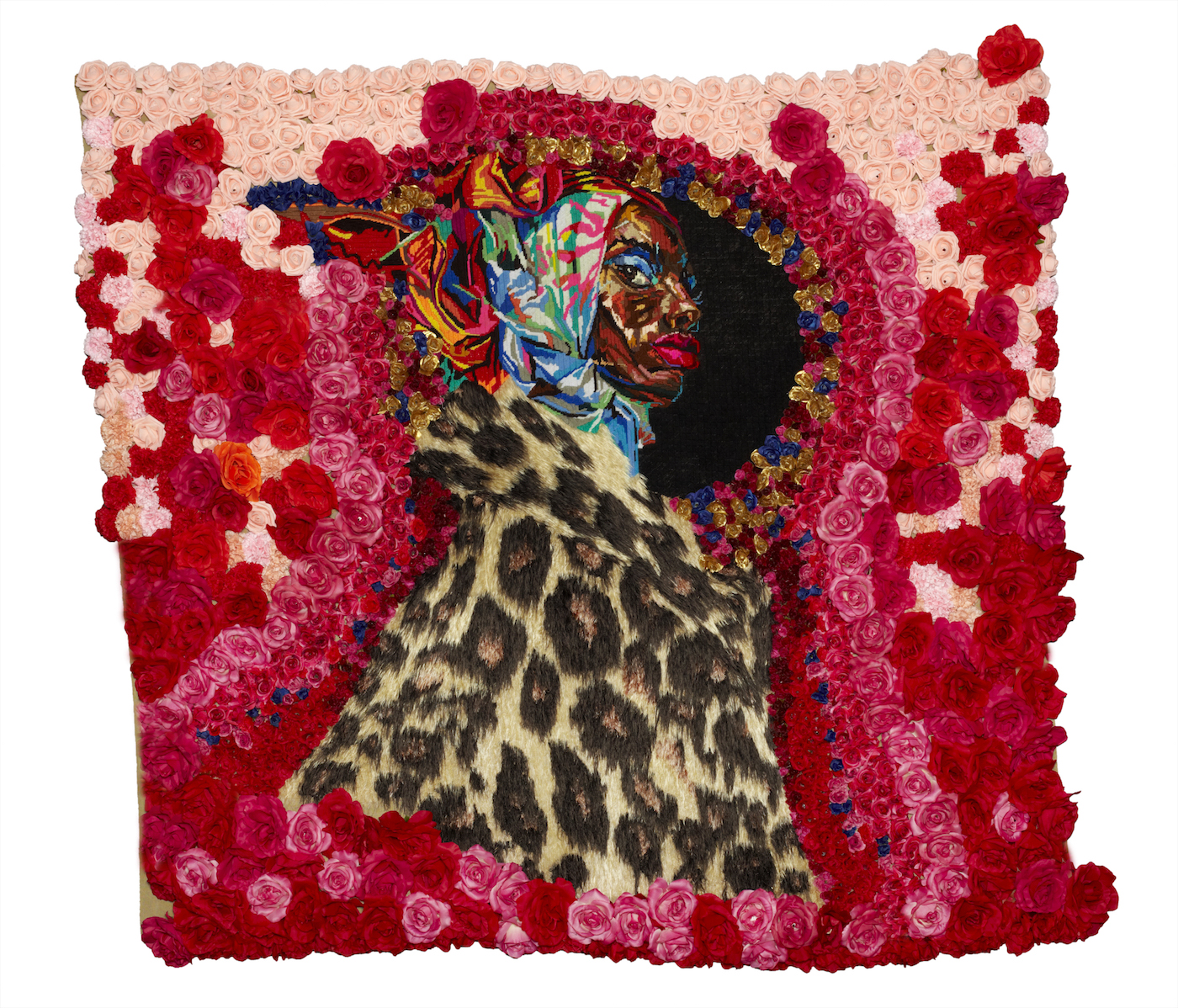
Your work is said to possess a “carnal sensuality”. What is sensuality for you?
The drive to find courage in superior concepts that are executed with the highest possible level of craftsmanship. The texture of the tapestries and sculpture and the sensual worlds.
All images © Athi-Patra Ruga and Whatiftheworld
Athi-Patra Ruga: Of Gods, Rainbows and Omissions
From 4 October to 6 January at Somerset House, London
VISIT WEBSITE